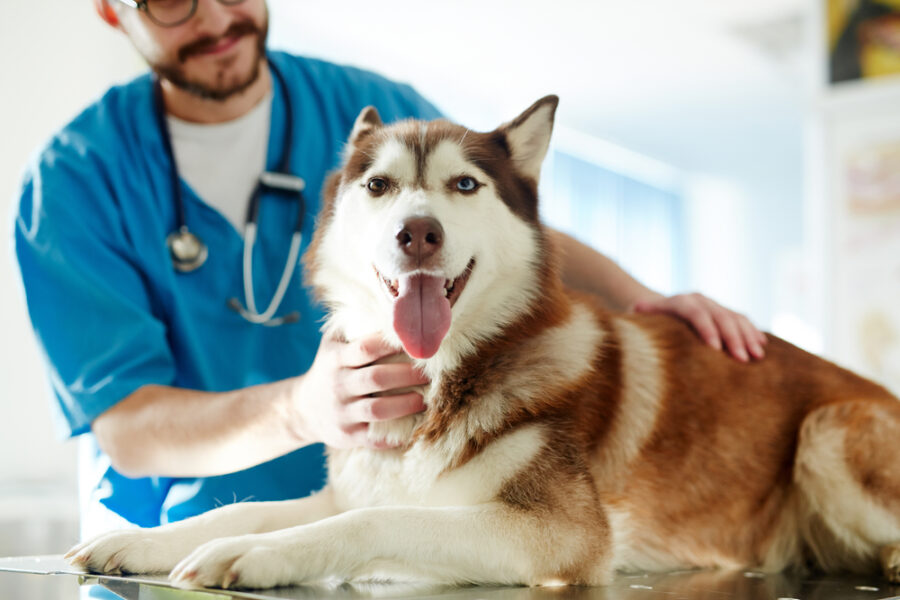A recent retrospective study investigated surgical treatment outcomes in dogs with spinal subarachnoid diverticulum (SAD). The study included ten dogs with chronic progressive paraparesis, or tetraparesis and ataxia, diagnosed with SAD. The surgical technique used involved laminectomy, durotomy, and the application of a non-synthetic dura substitute. This procedure aims to alleviate the symptoms associated with SAD and improve the overall quality of life for affected dogs. The surgeries was performed in a standardized manner to ensure consistency across all cases.
Postoperative improvement observed
The study reported that the surgical procedure was safe and resulted in postoperative improvement over a long-term follow-up period ranging from nine to 40 months. The authors observed positive outcomes in terms of neurological function and overall quality of life for the treated dogs.
Results encouraging but more research needed
The results of the study showed encouraging outcomes, although the small number of cases limits the generalizability of the findings. It is important to note that SAD can have various underlying causes and presentations, which may influence the effectiveness of the surgical treatment. Further research is needed to explore the efficacy of this procedure in different subtypes of SAD. Future studies with larger sample sizes and prospective designs are warranted to validate the findings and provide more robust evidence regarding surgical treatment outcomes for dogs with SAD.
In conclusion, the surgical treatment of laminectomy, durotomy, and non-synthetic dura substitute application in dogs with SAD appears to be a safe procedure that can lead to postoperative improvement in neurological function and overall quality of life. However, further research is needed to better understand the efficacy of this procedure in different subtypes of SAD and to establish its long-term outcomes.







